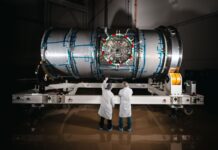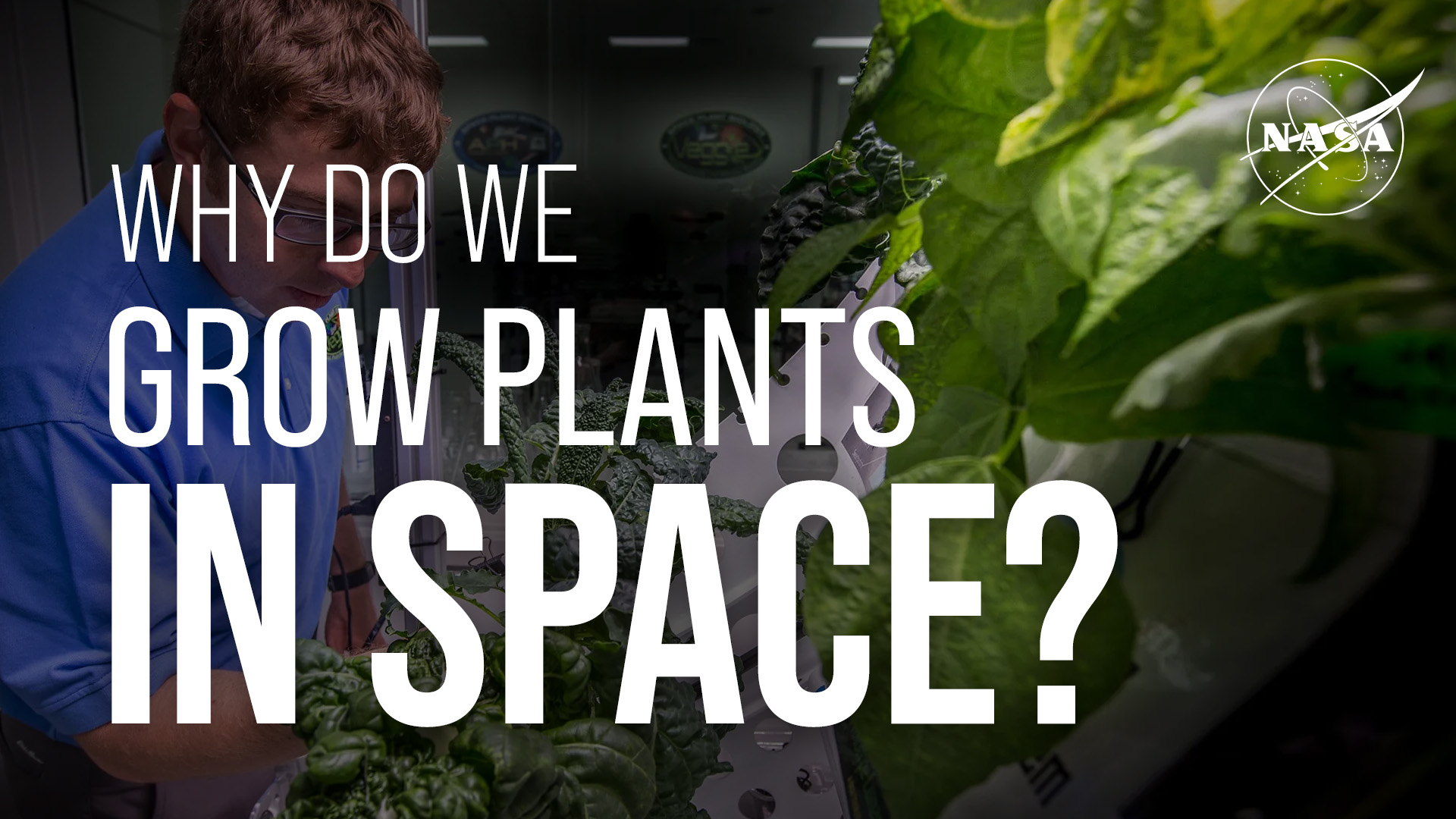The Importance of Growing Plants in Space
Humans have always been fascinated by the prospect of exploring and living beyond the confines of our planet. As we expand our reach into the cosmos, we encounter numerous challenges that must be addressed to ensure a sustainable human presence in space. One of the most intriguing solutions to these challenges is the cultivation of plants in space, a subject that has become a cornerstone of scientific research for space agencies like NASA.
The Multifaceted Role of Plants in Space
Plants are incredibly versatile organisms that offer a wide array of benefits, both on Earth and in space. Their role in space exploration is multi-dimensional, addressing fundamental needs for survival and sustainability in the harsh conditions of outer space.
1. Life Support Systems
Plants play a critical role in life support systems by providing essential resources such as oxygen and food. In the closed environment of a spacecraft or a space station, the ability of plants to photosynthesize becomes invaluable. They absorb carbon dioxide exhaled by astronauts and release oxygen, helping to maintain a breathable atmosphere. Additionally, many plants can be cultivated as food sources, offering a sustainable supply of fresh produce, which is vital for long-duration missions.
2. Water and Waste Recycling
Another important function of plants in space is their ability to recycle water and waste. Plants can absorb water from the environment, release it through transpiration, and contribute to the recycling of water within a closed system. This process is particularly beneficial in space, where resources are limited and must be conserved.
3. Psychological Benefits
Living in the isolated and confined environment of space can take a toll on astronauts’ mental health. Plants provide psychological benefits by offering a connection to Earth and nature. The presence of greenery has been shown to reduce stress and improve overall well-being, which is crucial for maintaining the morale and mental health of those on long-duration space missions.
Understanding Plant Adaptation in Space
Exploring how plants adapt to the unique environment of space is another significant aspect of growing plants beyond Earth. Space presents a host of challenges, including microgravity, limited sunlight, and increased radiation. By studying how plants respond to these conditions, scientists can gain insights into the fundamental biological processes that govern plant growth and development.
1. Microgravity Effects
In the absence of gravity, plants exhibit different growth patterns compared to those on Earth. Understanding these changes helps researchers develop new cultivation techniques that can be used to grow plants efficiently in space and other challenging environments on Earth.
2. Radiation and Light
Space exposes plants to higher levels of radiation and different light conditions than they would experience on Earth. By studying how plants cope with these factors, scientists can enhance plant resilience and adaptability, which is critical for both space exploration and improving agricultural practices on Earth.
Advancements in Plant Cultivation Technologies
The research conducted on plant growth in space has led to the development of innovative technologies and processes. These advancements not only benefit space exploration but also have the potential to revolutionize agriculture on Earth.
1. Controlled Environment Agriculture
Space research has paved the way for advancements in controlled environment agriculture (CEA), which involves growing plants in controlled settings with precise regulation of environmental conditions such as temperature, humidity, and light. CEA technologies are being increasingly adopted on Earth to enhance crop yields and reduce resource use, particularly in areas with challenging climates.
2. Vertical Farming
The concept of vertical farming, which involves stacking layers of crops vertically to maximize space efficiency, has been influenced by space research. This method allows for the cultivation of plants in urban areas, reducing the need for large tracts of agricultural land and minimizing transportation costs and emissions.
Enhancing Human Life on Earth
The lessons learned from growing plants in space extend beyond the realm of space exploration and have tangible benefits for life on Earth. By improving our understanding of plant biology and developing advanced cultivation techniques, we can address some of the pressing challenges facing global agriculture.
1. Food Security
As the global population continues to rise, ensuring food security becomes a critical concern. The technologies and insights gained from space research can contribute to more efficient and sustainable agricultural practices, helping to meet the growing demand for food.
2. Climate Change Mitigation
Agriculture is a significant contributor to climate change, but by adopting space-inspired technologies such as CEA and vertical farming, we can reduce the environmental impact of farming. These methods offer more efficient use of resources and can be implemented in urban settings, reducing the carbon footprint associated with food production.
3. Resource Conservation
The ability to efficiently recycle water and nutrients, as demonstrated in space-based plant cultivation, can be applied to terrestrial agriculture to conserve precious resources. This is particularly important in regions facing water scarcity and environmental degradation.
Conclusion
The cultivation of plants in space is a fascinating and essential component of our efforts to explore and inhabit other worlds. The benefits of this research are far-reaching, offering solutions to challenges both in space and on Earth. By continuing to study how plants adapt to space conditions and developing innovative cultivation technologies, we pave the way for a sustainable future in which humanity can thrive, both on our home planet and beyond.
For further insights into this compelling topic, NASA has curated a series of informative episodes and a dedicated YouTube playlist that delve deeper into the science and technology behind growing plants in space. Interested readers can explore these resources to enhance their understanding of this crucial aspect of space exploration.
For more Information, Refer to this article.

































